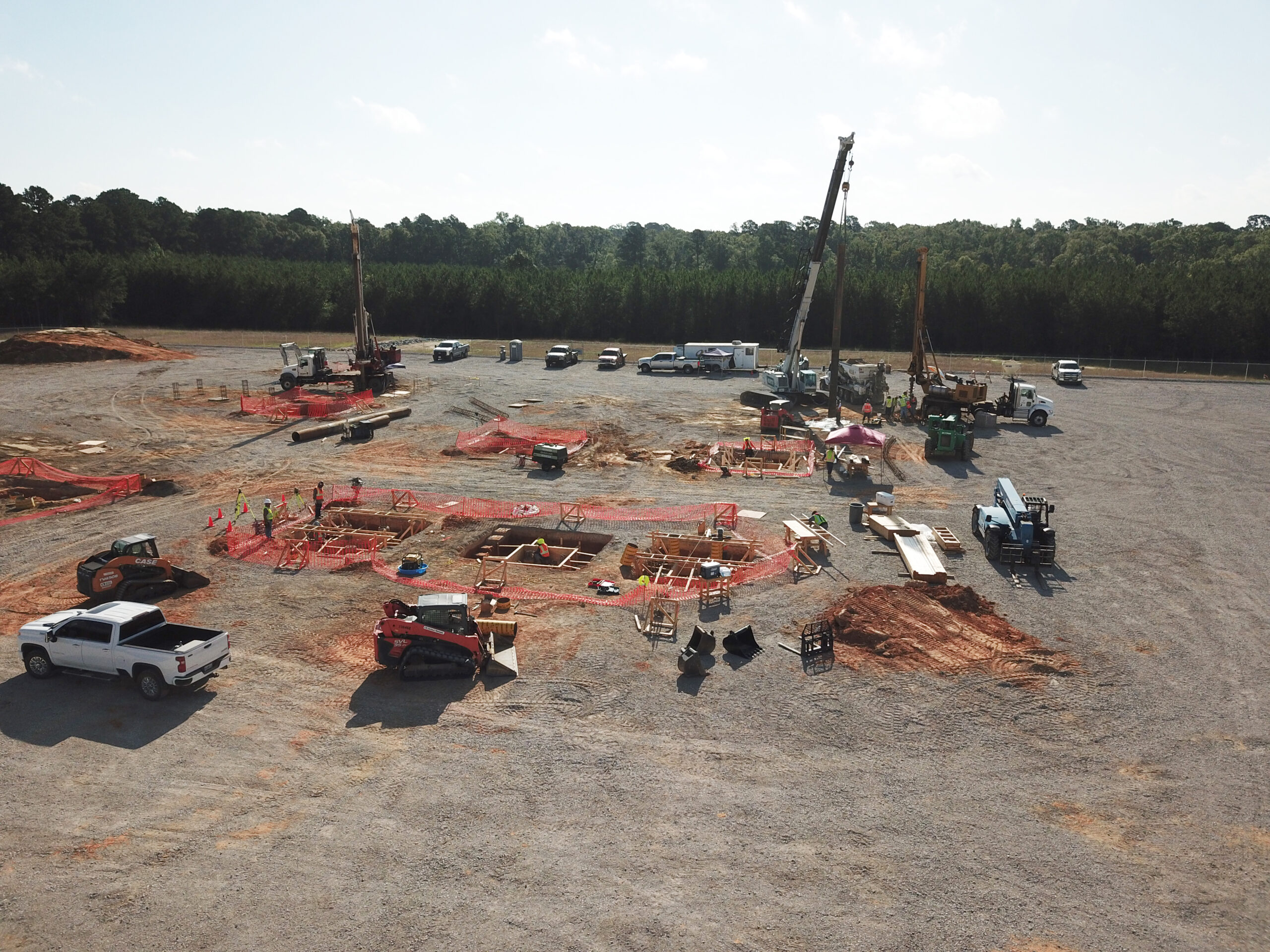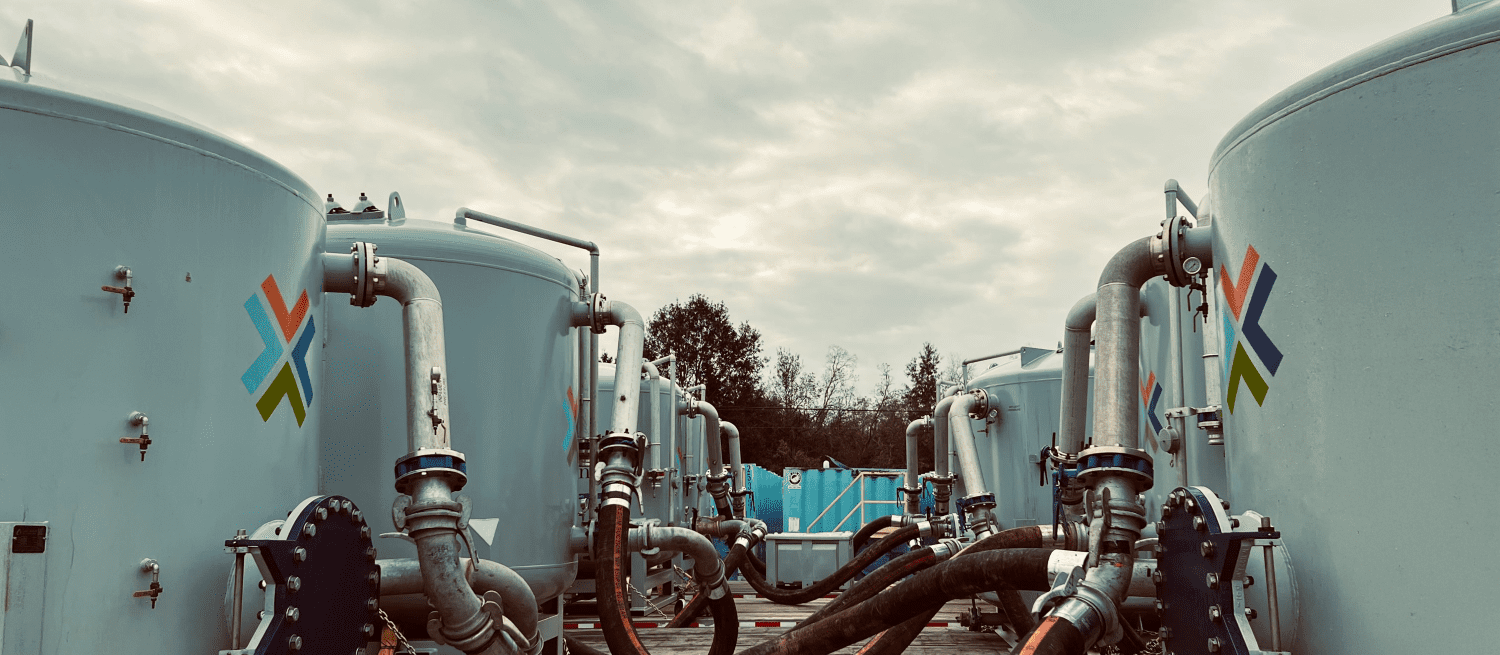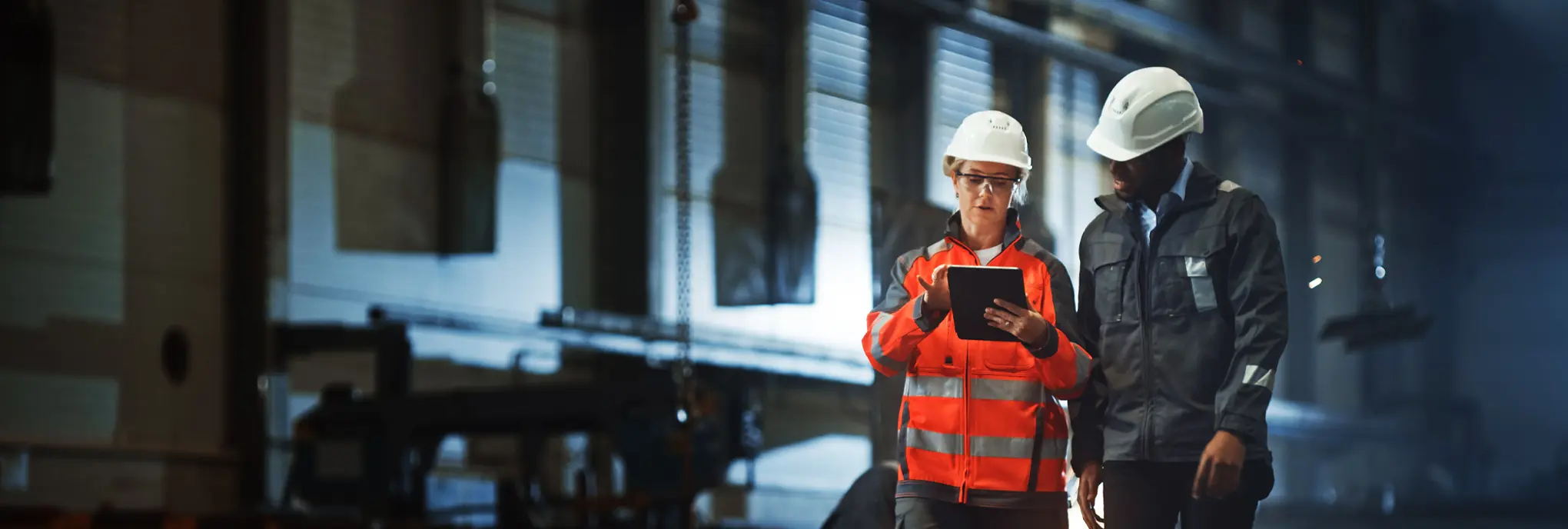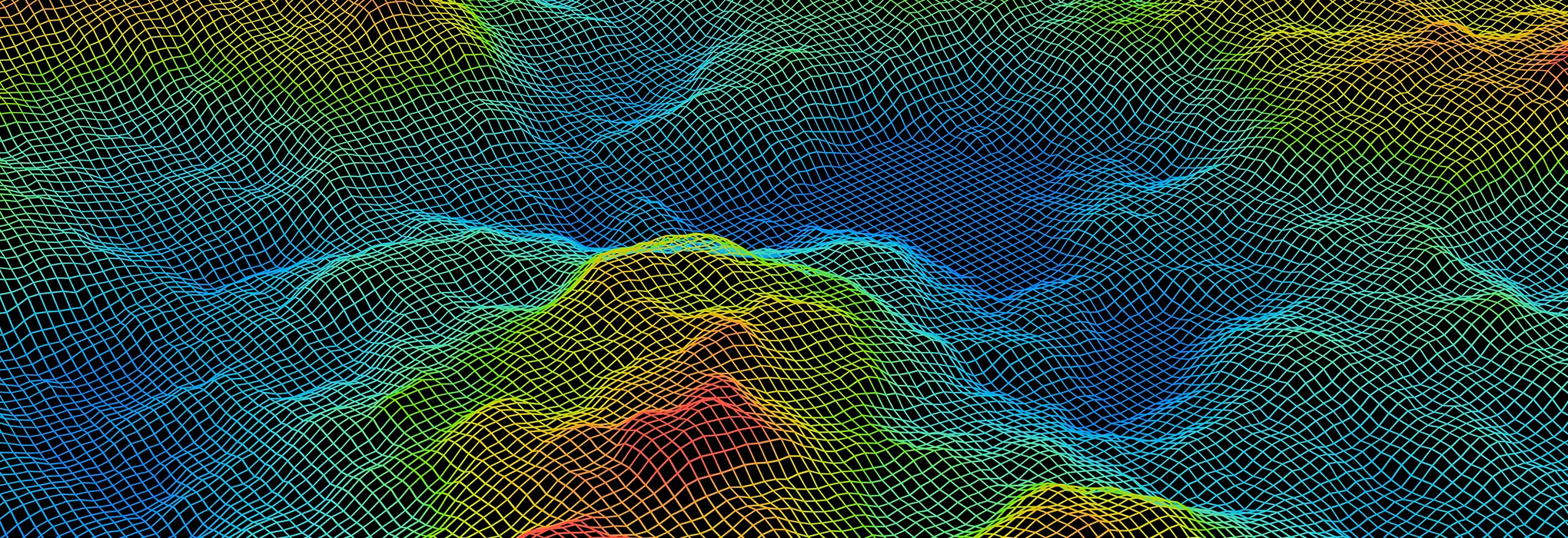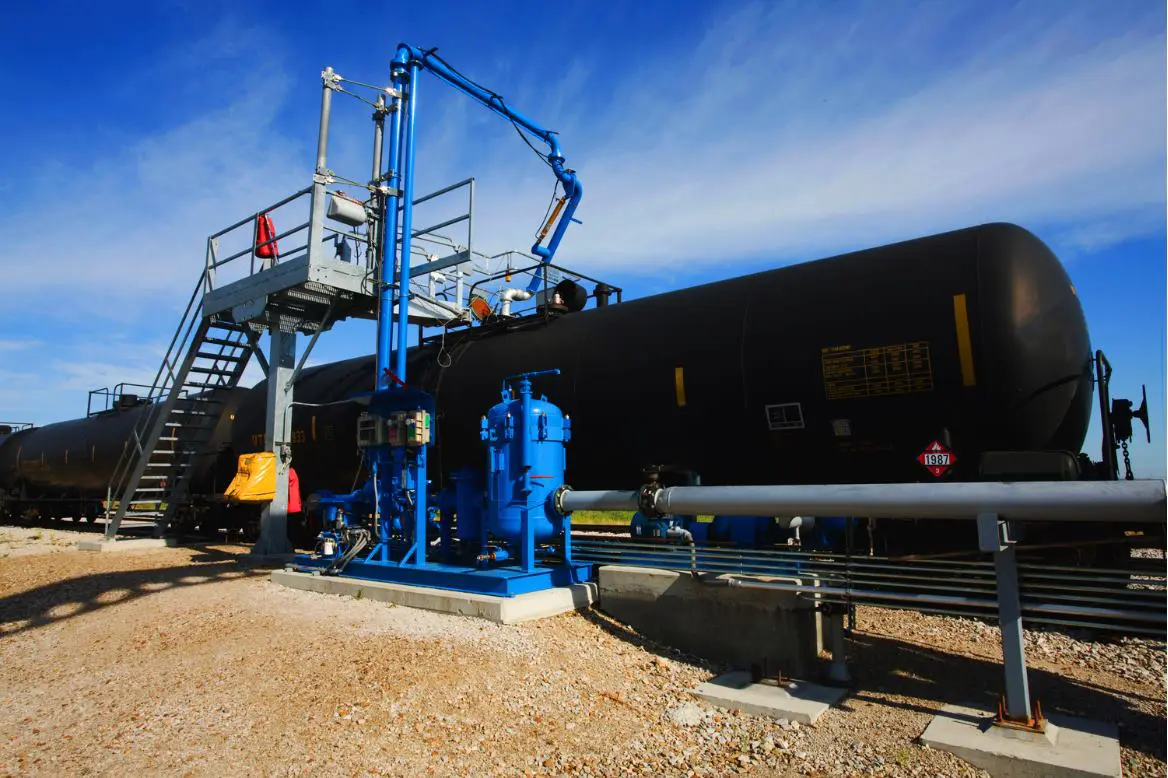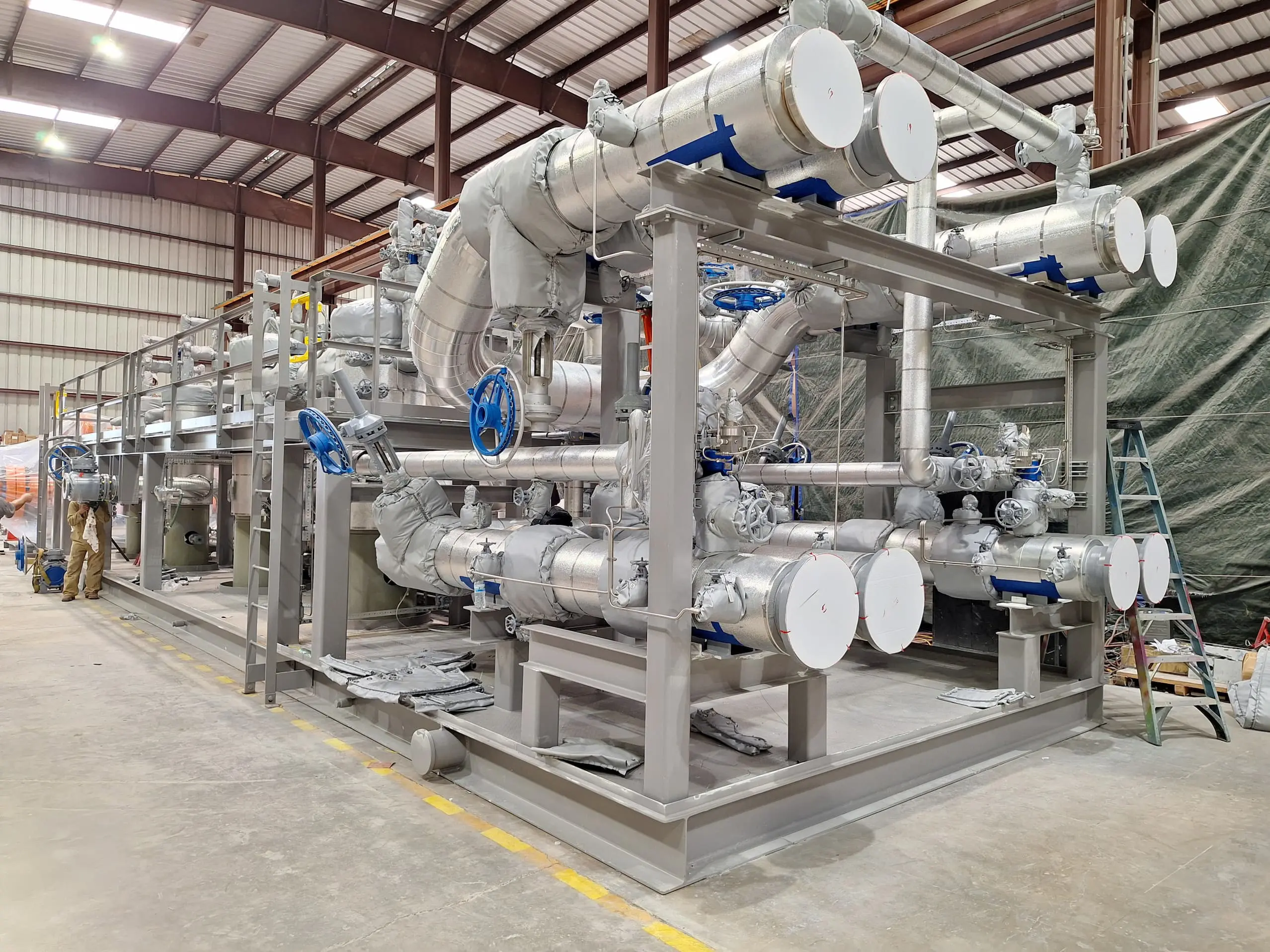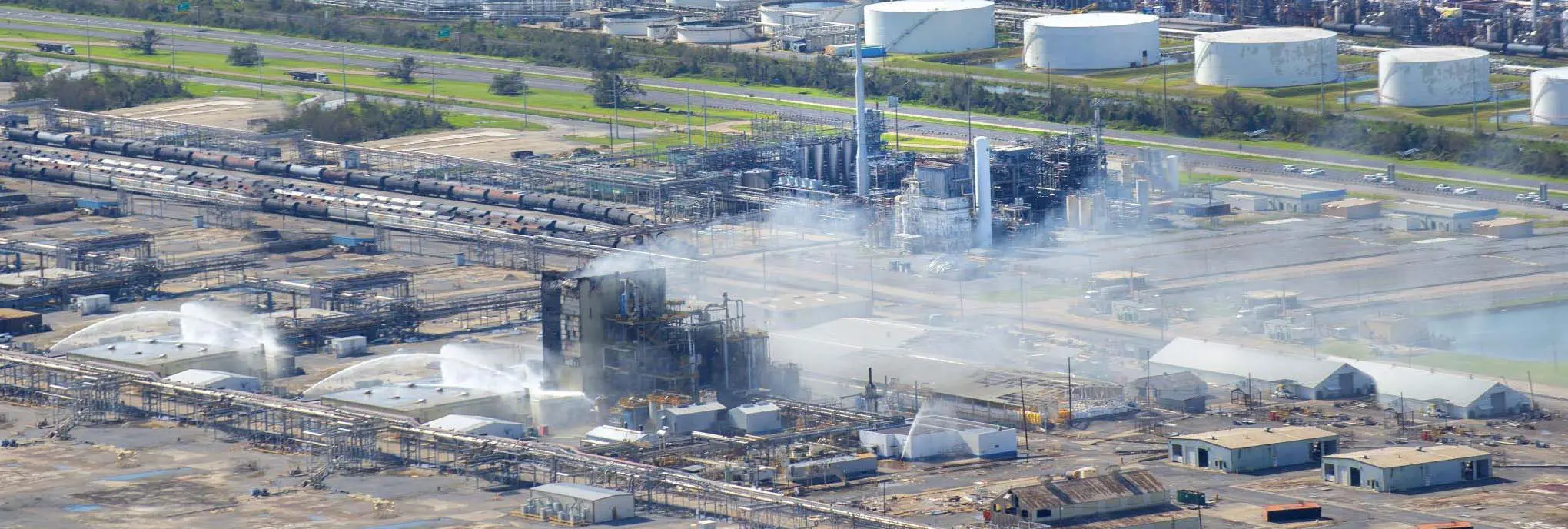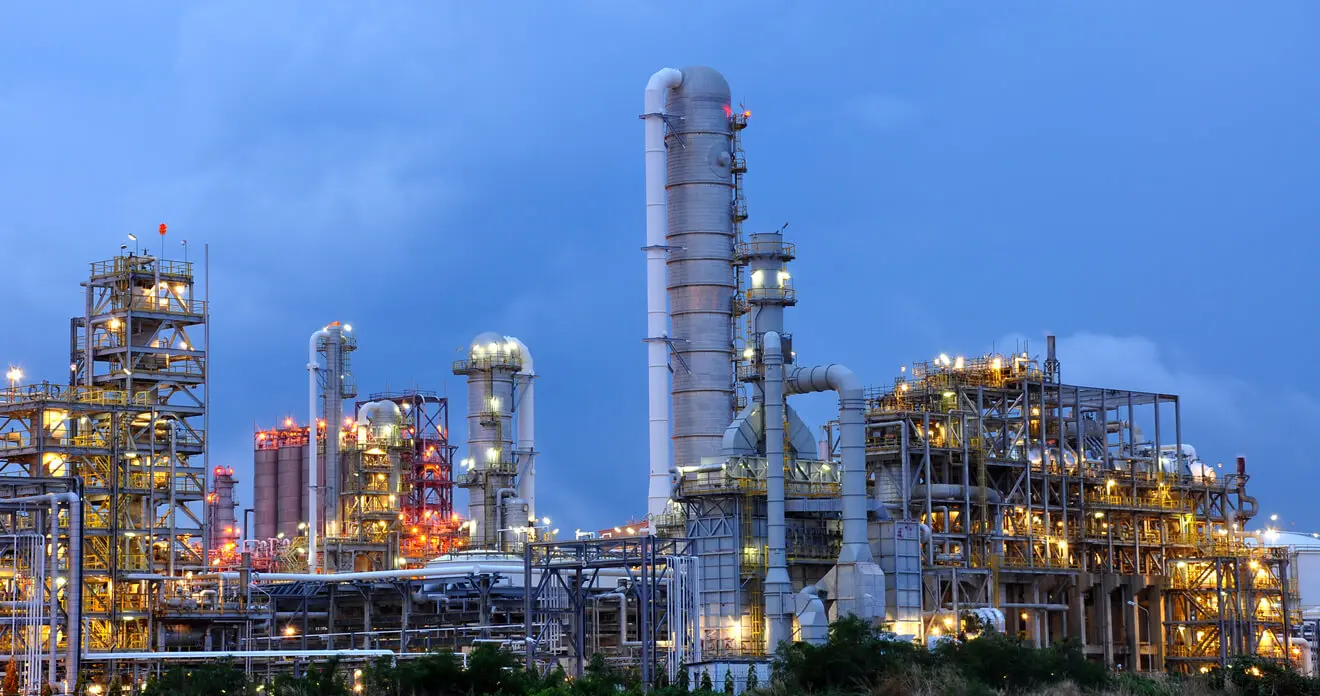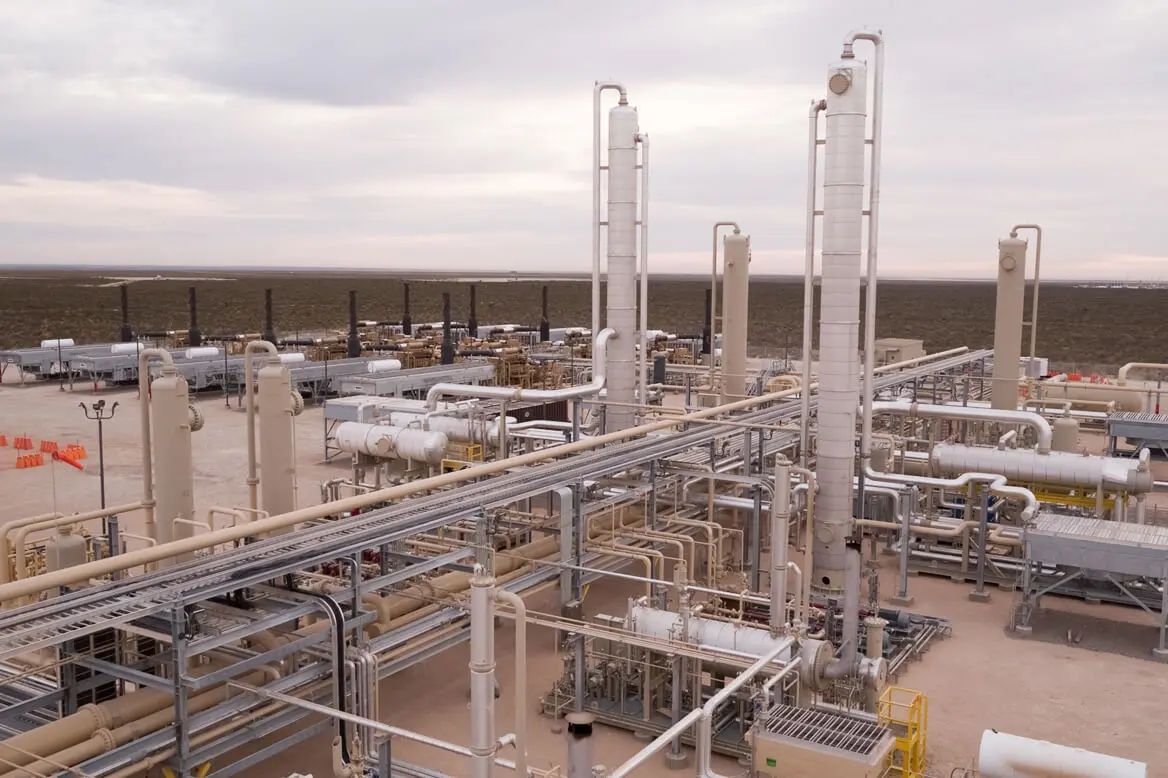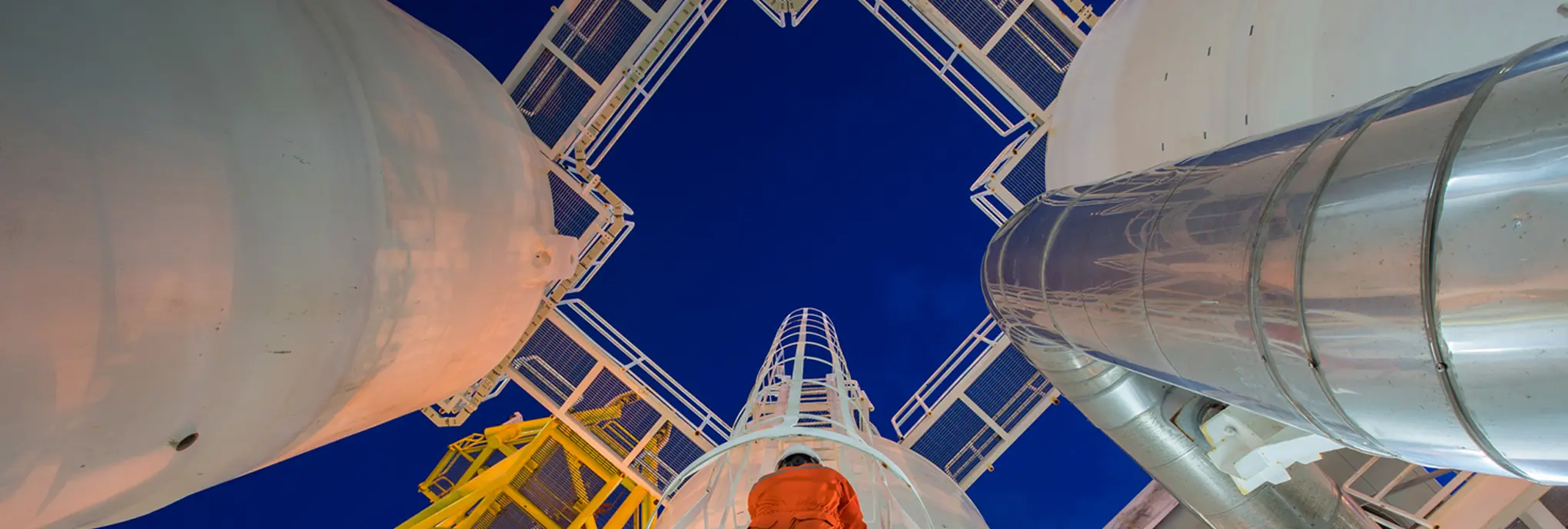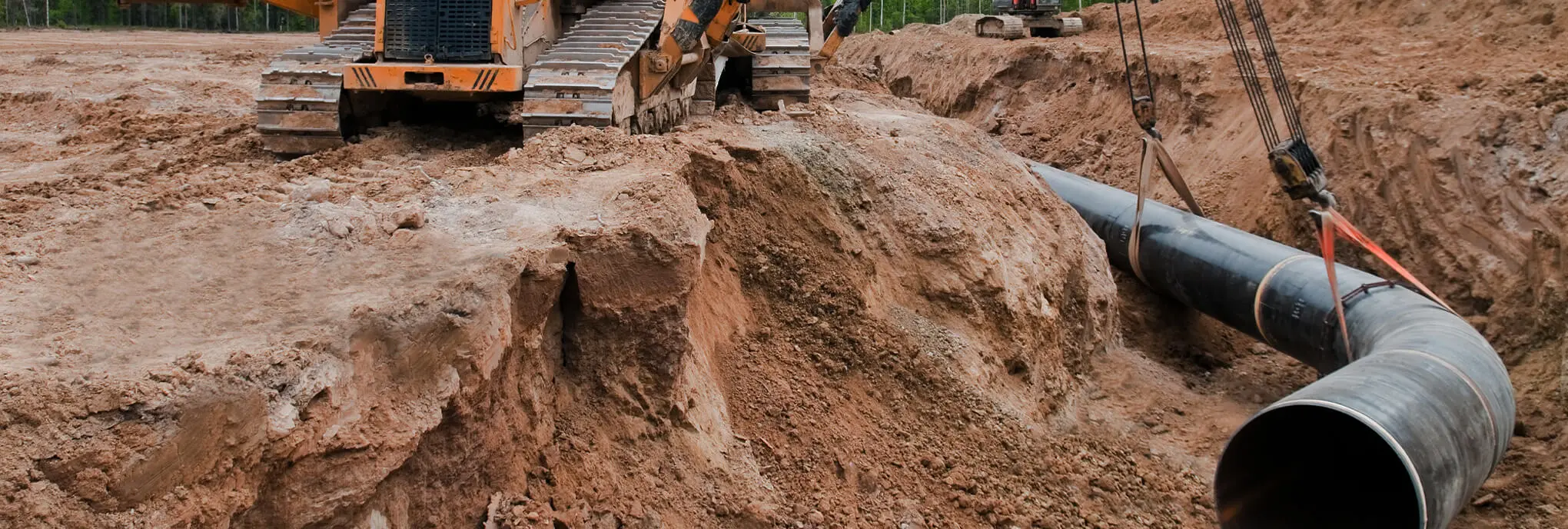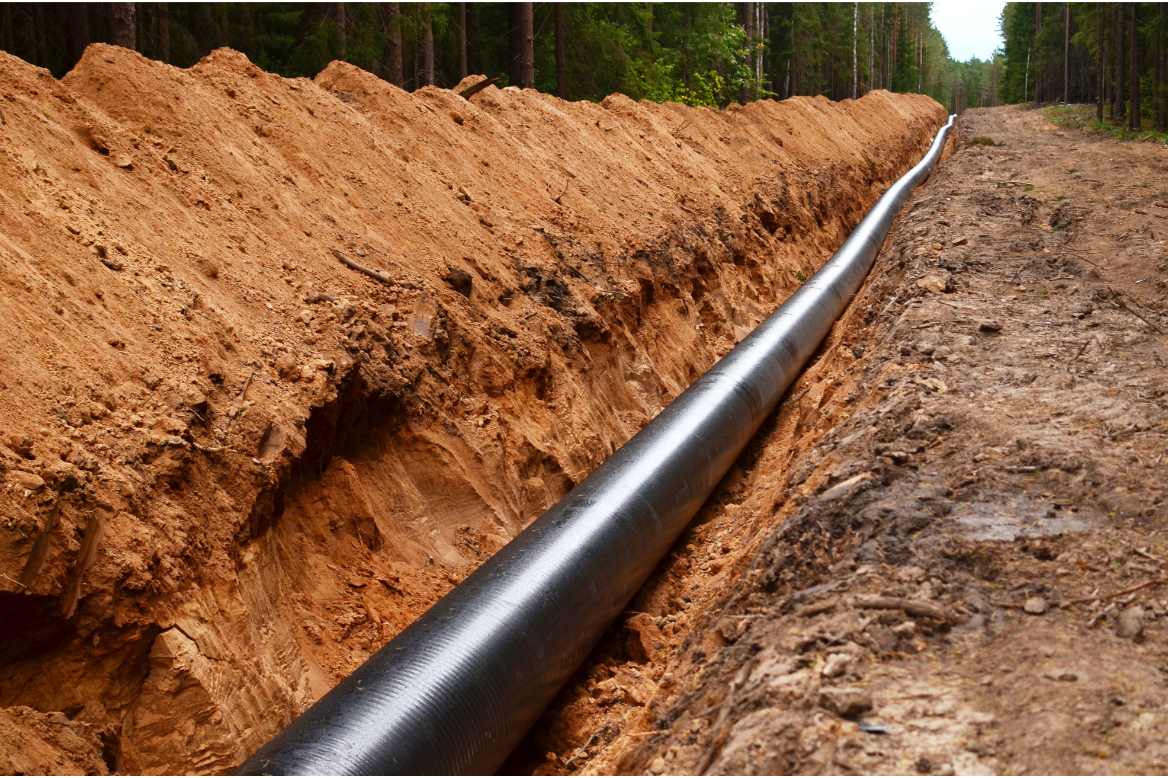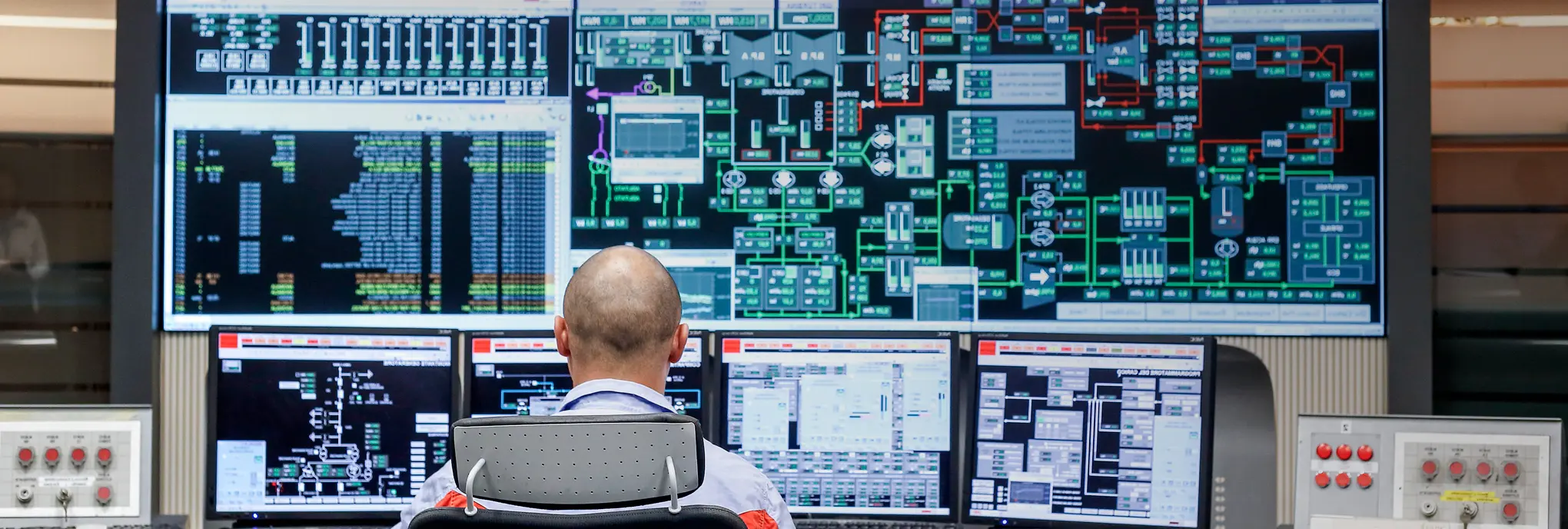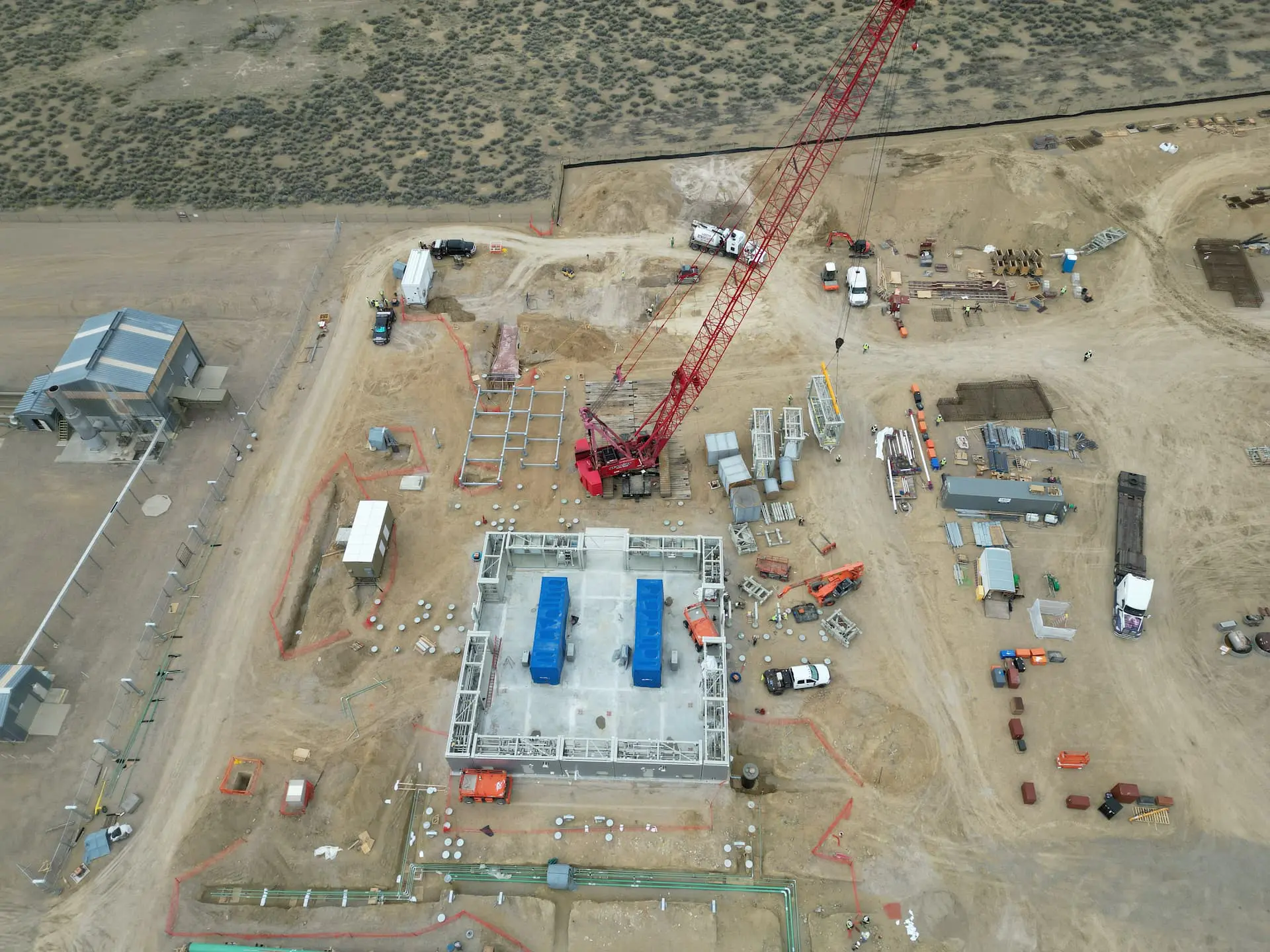

Want to share this article?
Deepwater Waterflood Design for Topsides
In the world of oil production, waterflooding involves the injection of water into oil reservoirs as a method to improve the secondary recovery of remaining oil.
By adding water to fill the void created from primary production, initial reservoir pressures are nearly regained, and the natural characteristics of the water help displace oil trapped in porous rock spaces. However, the process isn’t consistent and straightforward; the water injection process must take into account the reservoir geology, the type of water being used, and the oil properties among other factors. This is particularly true for waterflooding performed on deepwater topsides, where drilling costs and infrastructure limitations make it a more difficult venture.
Deepwater topsides that ultimately plan to utilize waterflooding in secondary recovery generally require more careful consideration in research, design, and implementation. Comprehensive modeling of flow designs, well planning, and injector layout provides valuable design data that can be used to optimize for the problems of deepwater waterflooding. If the rock is soft, for example, considerations of premature injector impairments and failures as well as inadequate injection capacity can be made during the modeling phase. Sea water brings about additional concerns with scaling of equipment and souring of reservoirs. Deepwater waterflooding systems must take these problems into consideration by adding sour-resistant drill casings that provide sulfide-stress corrosion resistance and sulfate removal systems to reduce sulfate levels from water before downhole injection.
Of course, not all topsides are optimally designed from the start for waterflooding, requiring additional risk assessment and the organized deployment of new brownfield technologies. “The weight and space limitations of a particular facility,” for example, may dictate where a sulfate removal system can be placed on the topside. Additionally, the surface facilities for produced water and their placement become an issue as produced water can’t simply be reinjected without removing oil and particulate. If this isn’t done, the facility risks injection loss. Like sulfate systems, the pressure vessels, filters, pumps and other water treatment equipment must carefully be considered and placed so as to not disrupt platform stability and safety.





